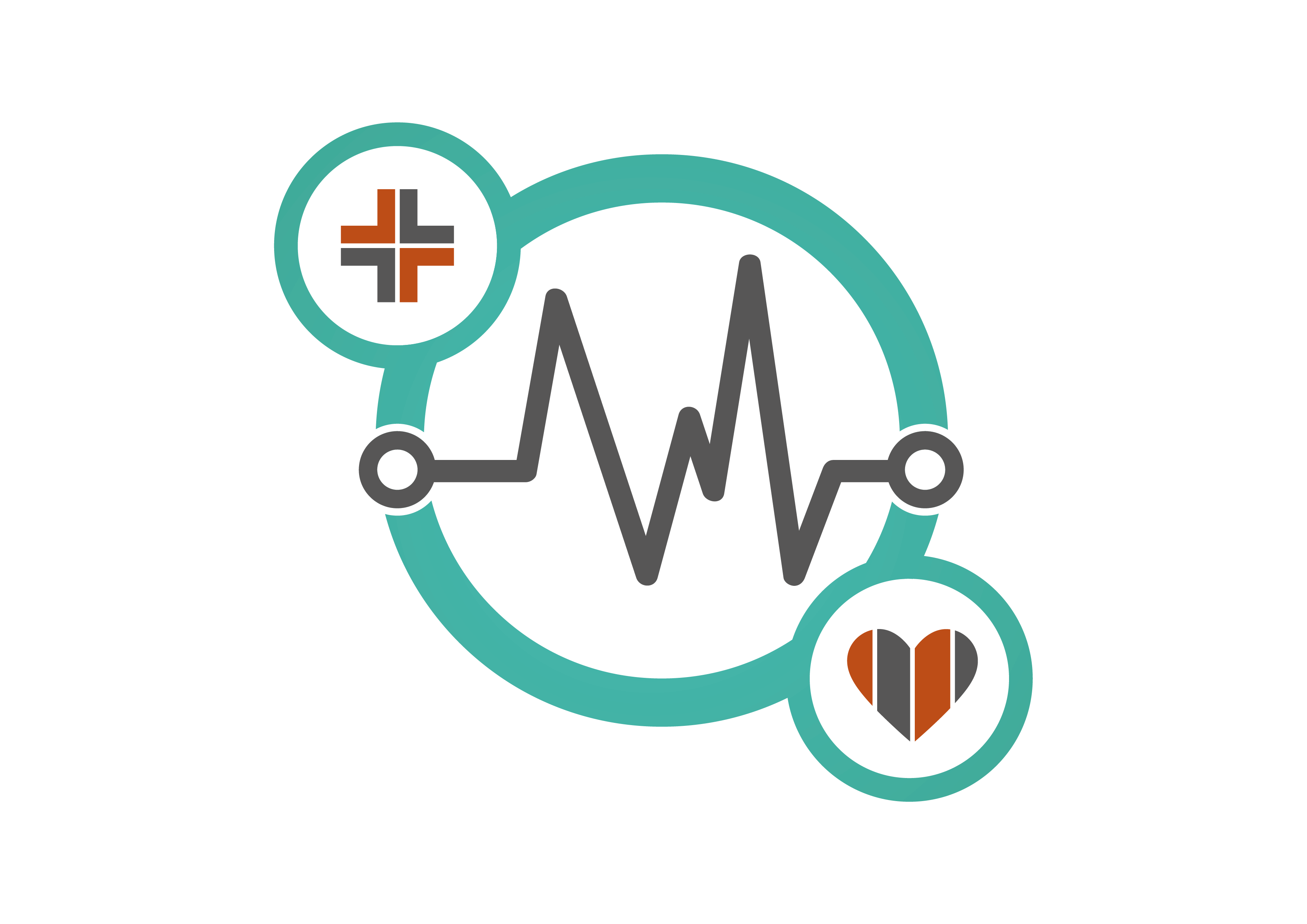Cancer patients face a 10% rise in mortality risk with every month they wait for treatment. Casey Wegner, Vice President of Research and Development for Akadeum Life Sciences, discusses how microbubbles can revolutionise the market.

Over US$200 billion is spent on cancer care each year by the US, yet many patients are still left on waiting lists. In 2023 alone, there were nearly two million new cancer cases and people whose treatment was delayed by even one month have a six to 13% higher risk of dying. The industry needs to ensure they can keep up with the growing demand for quality treatments.
Microbubbles are now at the frontier of our efforts to solve this problem. This buoyancy-activated cell sorting (BACS) method uses gravity alone to separate T cells for downstream use in immunotherapies such as CAR T cell therapy. Not only do microbubbles allow for the creation of better, more successful treatments for patients, but also make them more affordable for the population.
Improving the market for cancer treatments
Although cancer treatment can take many forms, including surgery, chemotherapy and radiotherapy, breakthroughs in research have suggested that immunotherapy is where the true cancer-curing potential lies. Where allogenic therapies use cells from someone other than the patient, autologous CAR T cell therapy is a type of immunotherapy which uses a patient’s own immune system to help fight cancer. Currently, CAR T cell therapy has proven particularly effective against leukaemia, lymphoma and multiple myeloma.
This treatment involves using T cells that are genetically altered to enable them to accurately locate and kill cancer cells. T cells are white blood cells that find and fight illness and infection throughout the body. Each T cell has a receptor on its surface which can recognise antigens (proteins on the surface of other cells). When the immune system recognises foreign or abnormal antigens, it works to destroy these cells. However, T cells can struggle to recognise the antigens on cancer cells as abnormal, leaving them free to rapidly multiply without a reaction from the immune system.
Scientists now have the ability to collect, genetically alter and infuse T cells into the patient. This means that the receptors on T cells can be engineered to better recognise cancer-specific antigens and therefore bind to and kill cancer cells. These new and improved T cells are called CAR T or CAR-TCR cells.
While CAR T cell therapies offer a crucial treatment option for patients, a significant portion of the population faces financial barriers in accessing them. The cost of the therapy, exceeding US$500,000, is attributed in part to non-automated, labour-intensive and challenging-to-scale manufacturing processes associated with current manufacturing workflows. Consequently, patients find themselves accepting subpar outcomes from outdated technology at a higher cost.
By making the process of separating T cells and collecting them from a blood sample more efficient in terms of cost, quality and automation, CAR T cell therapy will become a more effective and affordable course of action. In this way, CAR T cell therapies will be able to advance into first- and second-line treatment options.
Cell separation: What are microbubbles and how do they work?
Buoyancy-based cell separation technology offers a faster, more effective solution to the outdated and limited cell separation practices like magnetic-activated cell sorting (MACS) currently entrenched in the cell therapy manufacturing market. MACS also often entails hidden costs stemming from the expensive, complex instrumentation required for its operation. The process is further impeded by its incapacity to handle multiple samples concurrently. This lack of automation and effective scalability makes this method far from ideal considering the large cell quantities of T cells necessary for modern T cell therapy treatments. MACS’s abrasive nature can also deplete collected cells and compromise their functionality. Given that the genetic modification process already stresses cells, commencing with cells strained by MACS may lead to diminished cell genetic engineering and corresponding treatment efficacy.
For all these reasons, microbubbles prove themselves a superior alternative to current cell separation methods. Microbubbles are hollow particles with thin silica, solid shells. Filled with air, their design allows them to precisely target and isolate specific cells in a sample.
Employing T cell negative selection, microbubbles attach to all cells in a sample except T cells. By employing the novelty of negative cell separation, microbubbles are able to scale this process to clinical-scale manufacturing levels. Utilising their buoyancy, microbubbles use gravity alone to rise to the surface, allowing for their easy removal, along with their bound cells. This leaves T cells untouched at the bottom of the vessel, ready for use.
This floatation-based separation method provides an elegant workflow for professionals, completing the entire procedure within a 60-minute timeframe. This efficient process preserves crucial time between sample collection and treatment. Moreover, their increased scalability allows the simultaneous handling of samples, guaranteeing exceptional yield. The gentle nature of microbubble-based cell separation also prioritises a protocol of simplicity to ensure cell health. By minimising shear forces, microbubbles ensure increased T cell quality and viability, ultimately enhancing the efficacy of patient treatments. Microbubble technology therefore outperforms current cell separation methods on the market, providing increased automation in order to optimise both cell purity and yield. This process also increases the effectiveness of cancer cell therapies, as well as making the therapy more affordable for both patients and providers.
The future of cancer therapy
As a society, we are still a long way off from claiming we have beat cancer. However, with advancing treatments such as CAR T cell therapy, cancer patients are given the best chance of survival after diagnosis. Yet, we must still strive to provide the best therapies possible for patients, which means continuing to perfect treatments which are already on the market. We also have a social responsibility to ensure these treatments are made accessible to all patients, regardless of their financial backgrounds.
Microbubble technology is revolutionising the oncology market, leading the way in ensuring that effective medical care is available to all. By accelerating the cell separation process and producing a higher volume and quality of desired cells, as well as decreasing the manufacturing costs for such treatments like CAR T cell therapy, microbubbles are providing us with a glimpse of a future free from medical-financial constraints and full of effective cancer treatments for suffering patients.


